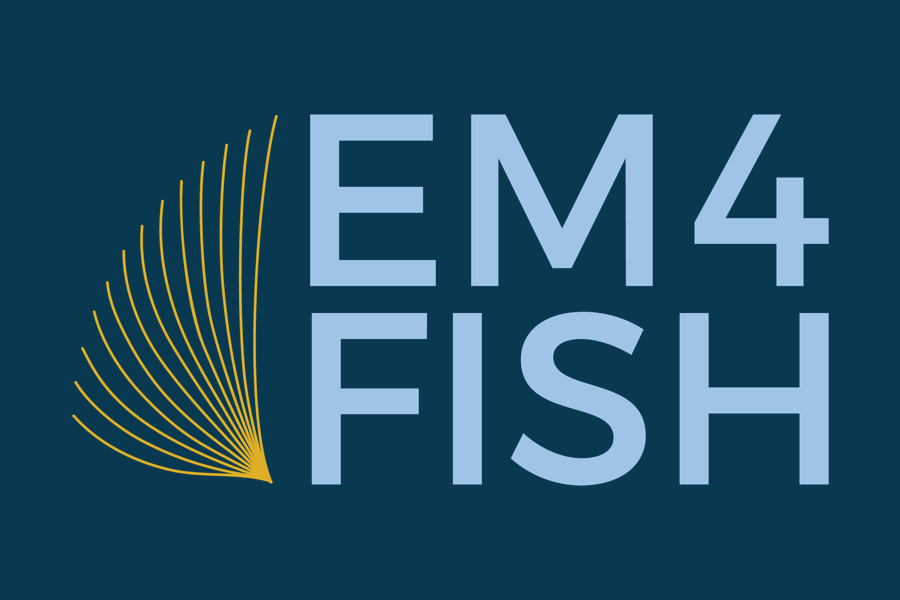New England Electronic Monitoring Project Phase III, April 2015 PDF)
The goal of the New England Electronic Monitoring (EM) Project was to investigate the potential for using EM within the broader Northeast Multispecies Fishery (NE groundfish fishery) catch monitoring program. EM systems are designed for the automated collection of fisheries data while vessels are at sea. They collect high-frequency sensor data and closed-circuit television (CCTV) imagery during fishing or related activities which are then reviewed post-trip to provide data needed for fisheries management, compliance, and/or science.
Phases I and II of the project were completed and documented in 2010-2013 (Pria et. al., 2011, 2012) and laid the initial groundwork for understanding how EM could best be applied in the monitoring needs of the NE groundfish fishery. These results led the National Oceanic and Atmospheric Administration (NOAA) to endorse two basic EM monitoring approaches: an Audit and a Compliance approach (NOAA 2013b). Phase III focused on refining the overall design of these two approaches, conducting field trials and outlining operational and cost elements of both approaches.
This report summarizes the results of Phase III and represents the culmination of the New England EM Project, funded by the National Marine Fisheries Service (NMFS) and overseen by the Fisheries Sampling Branch (FSB).

